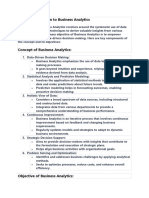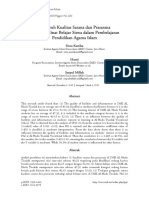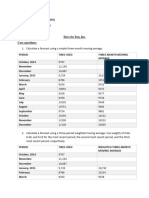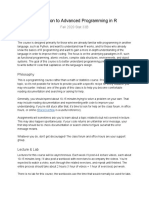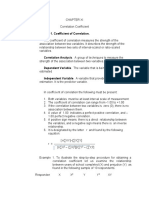0% found this document useful (0 votes)
16 views2 pagesData Analytics CSBS Notes
The document outlines the fundamentals of Data Analytics, including its steps, types, and applications across various sectors such as healthcare and finance. It covers Predictive Analytics, detailing models and machine learning techniques, as well as the importance of privacy. Additionally, it discusses Data Visualization methods and the design of dashboards for displaying key metrics.
Uploaded by
bibija.johnCopyright
© © All Rights Reserved
We take content rights seriously. If you suspect this is your content, claim it here.
Available Formats
Download as DOCX, PDF, TXT or read online on Scribd
0% found this document useful (0 votes)
16 views2 pagesData Analytics CSBS Notes
The document outlines the fundamentals of Data Analytics, including its steps, types, and applications across various sectors such as healthcare and finance. It covers Predictive Analytics, detailing models and machine learning techniques, as well as the importance of privacy. Additionally, it discusses Data Visualization methods and the design of dashboards for displaying key metrics.
Uploaded by
bibija.johnCopyright
© © All Rights Reserved
We take content rights seriously. If you suspect this is your content, claim it here.
Available Formats
Download as DOCX, PDF, TXT or read online on Scribd
/ 2




































